
Sir John Hawkshaw
|
THE WEB FRESHFORD SITE |

He wasted little time in submitting his plans for the line which was to be called the Bridport,Lyme and Axminster Railway, for in November that year the detailed plans and sections were submitted to Parliament with his name as Consultant Engineer and Lord of the Manor of Charmouth. He would also appear as chief landowner and Lord of Charmouth in Directories of the time. His was not the first proposal for connecting the village to it's neighbours. For in 1846 Joseph Locke planned a line with a station behind the Catherstone cottages for the Yeovil and Dorchester Railway. In the same year Brunel planned to link Charmouth with Yeovil and Bridport for the Great Western. But both of these failed as money ran out after the period of “Railway Mania” that swept England.
If all had gone to plan, the village would have had a Station at the rear of the Street where the Recreation Field is today with access along Barrs Lane. Unfortunately the Bill that was sent to Parliament by Hawkshaw for the necessary powers had to be withdrawn in the face of opposition by the Great Western and South Western Railway.
Amongst the other plans to be seen in the Dorset Record Office is one by the Lyme Regis Railway to extend the line to Bridport. If it had gone ahead the line would have followed the shore and then cut across to the west of the Heritage Centre and along a section of Lower Sea Lane.
Now Hawkshaw`s plans had been thwarted he decided on standing for election for Lyme Regis on July12th 1865, but was prevented by his holding of government appointments. But undeterred his son, John Clarke Hawkshaw stood instead and narrowly lost to Treeby. He was to work with his father on many important projects and is shown as still owning “Lily Farm” in the village until 1915..
There are few reference to Sir John Hawkshaw`s time in Charmouth, but one interesting news cutting for Pullmans Weekly show him in a good light. It describes the celebration that followed the opening of the Villages Water Supply on the 29th June 1865 and informs us that “ The waterworks were a great benefit to the place and the thanks of the inhabitants were expressed to Mr. John Hawkshaw, Lord of the Manor, for coming forward so liberally in the matter. Taps were placed by the side of the Street for the use of those who did not possess a well and pump ”. The source of the water appears to have been a spring in “Grange Mead” then owned by him and no doubt his engineering skills were instrumental in its construction. In the Auction of 1867 a number of lots were sold but the main one no.31 containing the Manor of Charmouth and the Cement Mill failed to reach its reserve and was subsequently sold to James Coulton
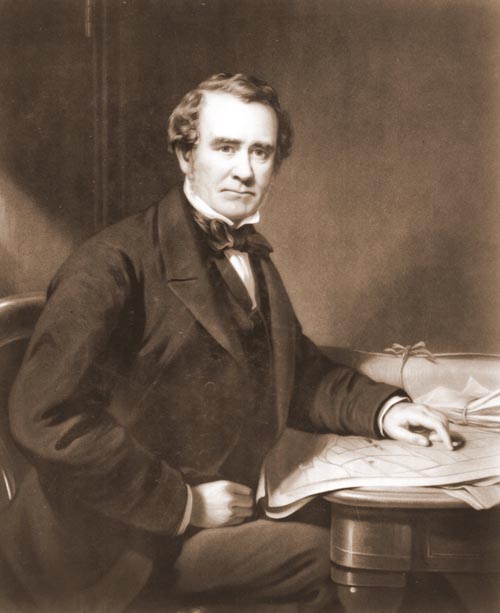
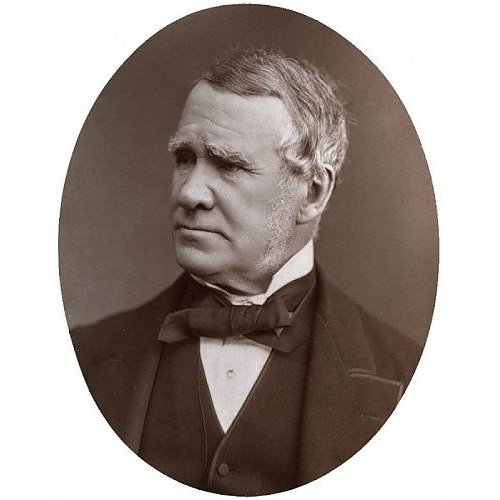
Sir John Hawkshaw (1811– 1891)
Sir John Hawkshaw (1811– 1891)
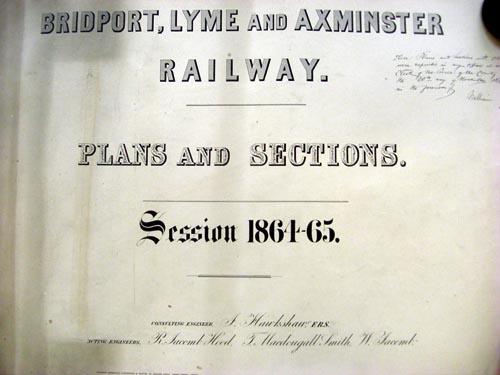
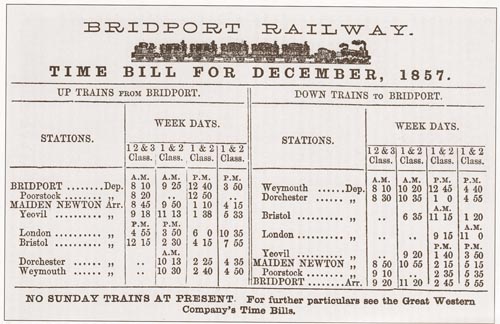
Plans for the Bridport, Lyme & Axminster Railway
In 1857 the Railway came to Bridport with links to London

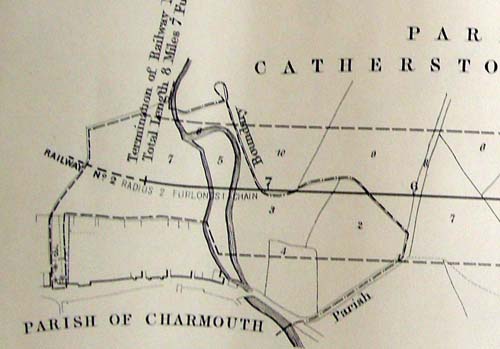
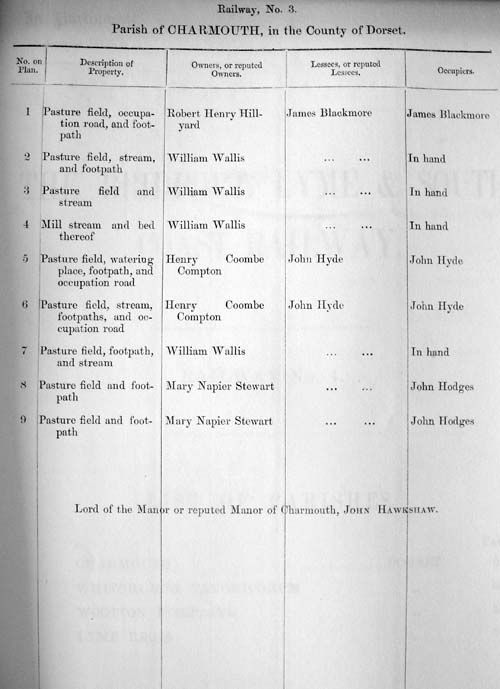
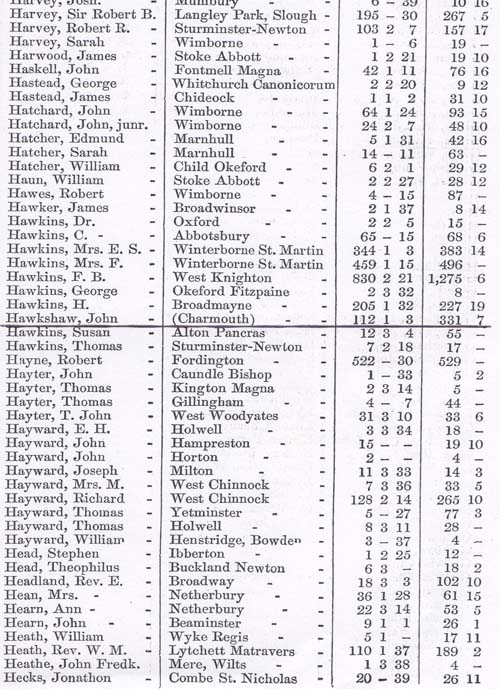
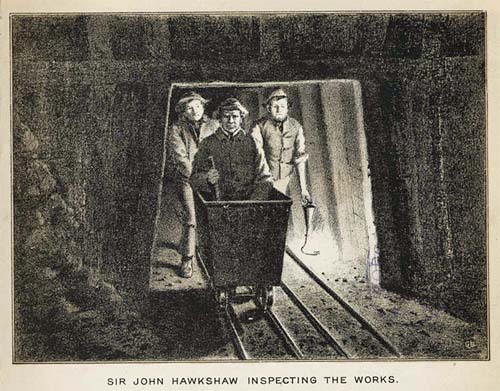

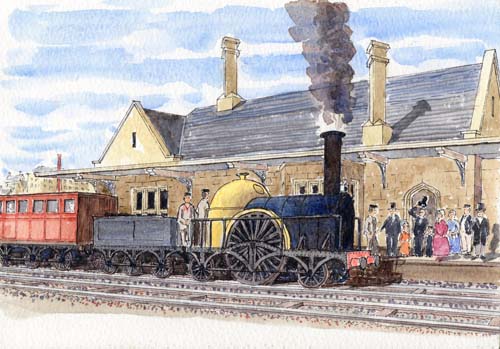
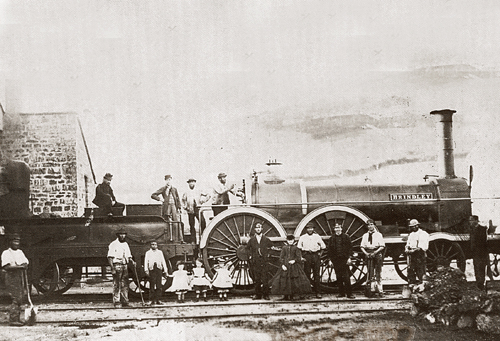
Bridport Station shortly after it had a station opened in 1857

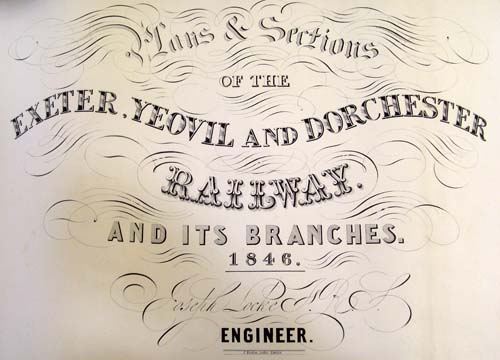
Joseph Locke`s Proposal for Railway to Charmouth -1846

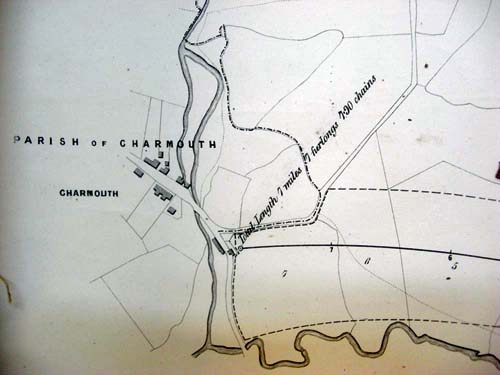
Joseph Locke`s Proposal for Railway to Charmouth -1846

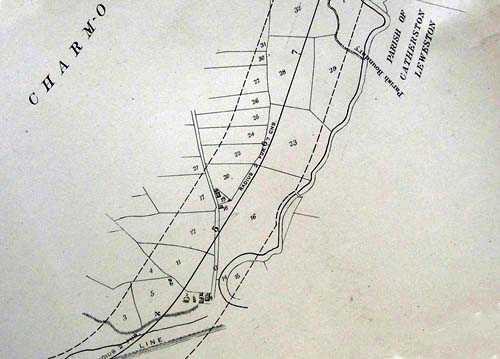
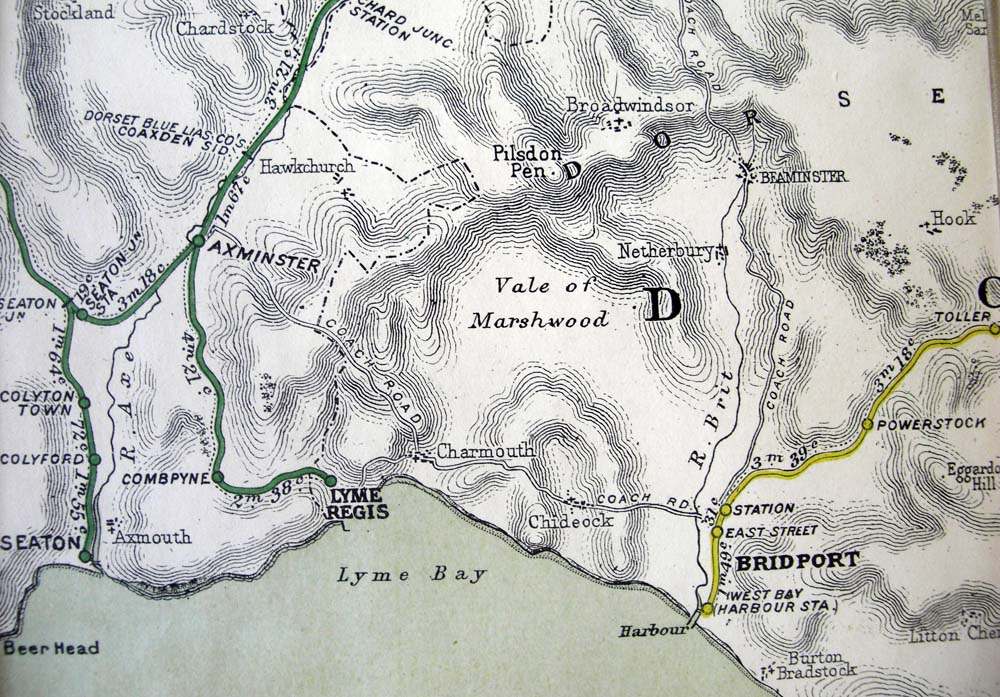
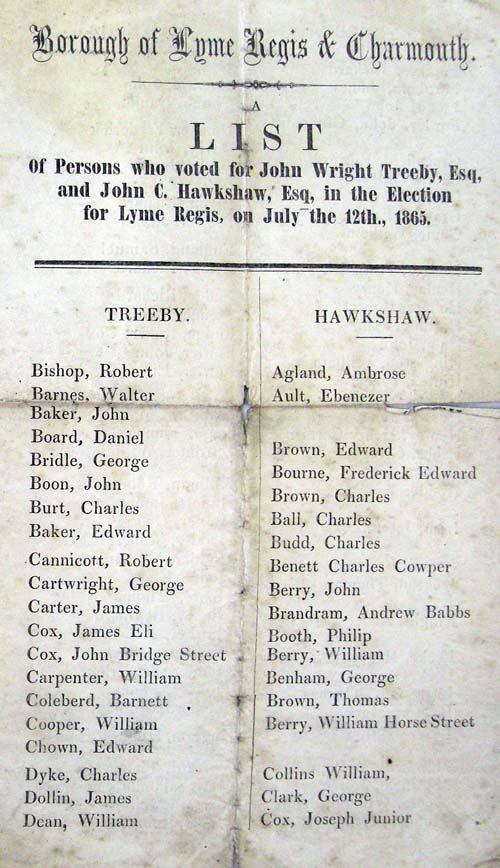
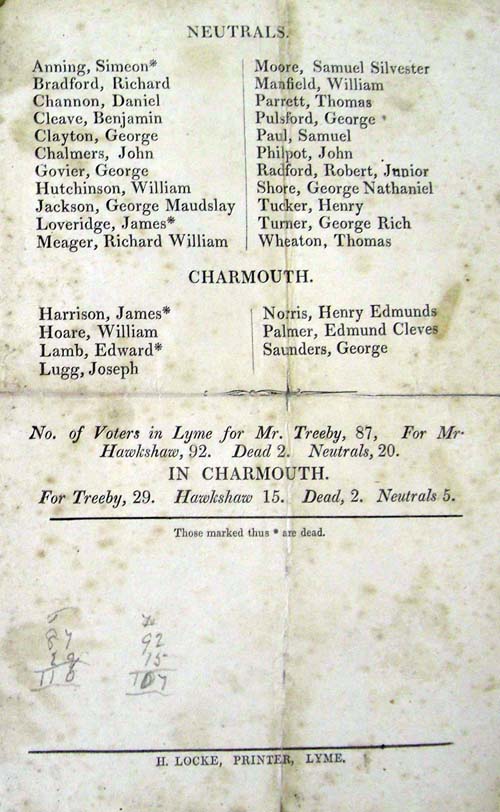
John Clarke Hawkshaw (1841-1921) stood for election in 1865 and lost by 9 votes to Treeby,


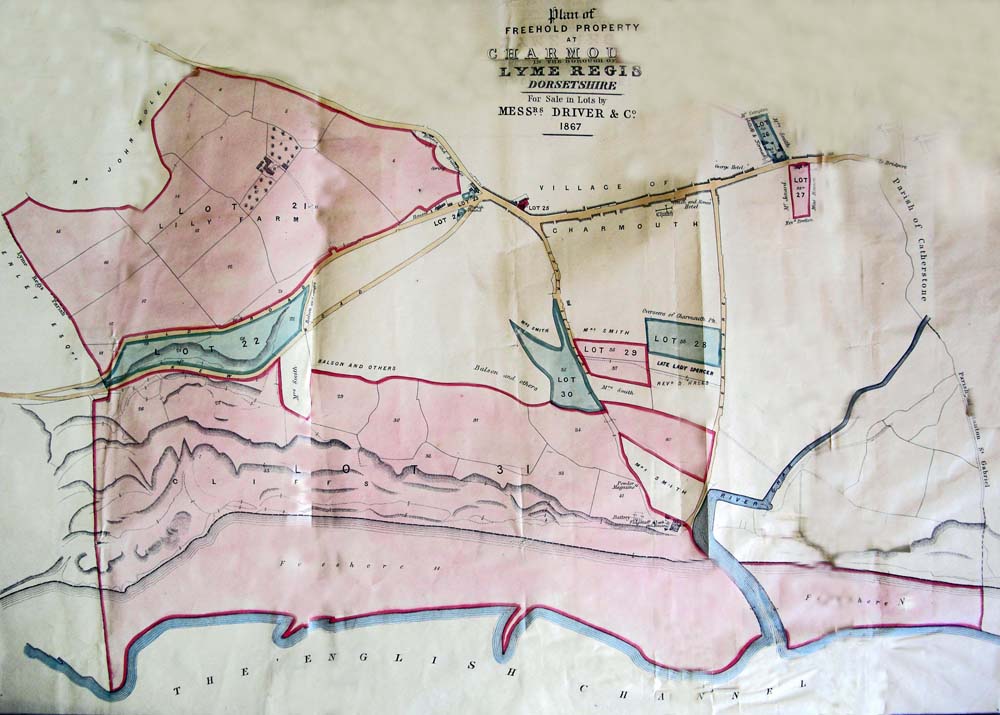
The Map from the Auction Catalogue for 1867 showing the Estate for sale by Driver and Co. in London.
Lot 30 is the Drang which sold on the day, whereas Lot no 31 did not sell until 1871.